[Aspiring to Mid-career] Product Manager Reading Roadmap
Books to guide your product management journey from novice to expert

Preamble
If you’re an aspiring product manager, whether from a non-traditional background or already working in Tech but in other functions (sales, ops, HR, etc.), I recommend you start with this one first.
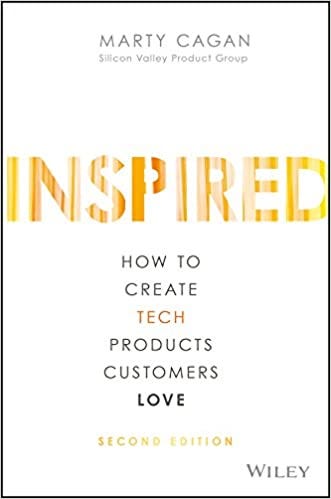
This book provides a high-level overview of Product teams and their relevant stakeholders. It’s a great primer on the Product world.
Get it here: (Amazon | Kindle)
Preparation
Now you’re well on your journey to speak more confidently about Product Management as a career path for you. You know how you fit into the organization, who your key stakeholders are, how to collaborate with them to deliver value to your customers and the business.
Next stop, you want to get a job… but here’s the challenge, Product Management interviews at most companies differ from interviews for other roles. You are expected to answer interview questions in a structured way. The following books will teach you how to structure your responses for the best possible outcomes.
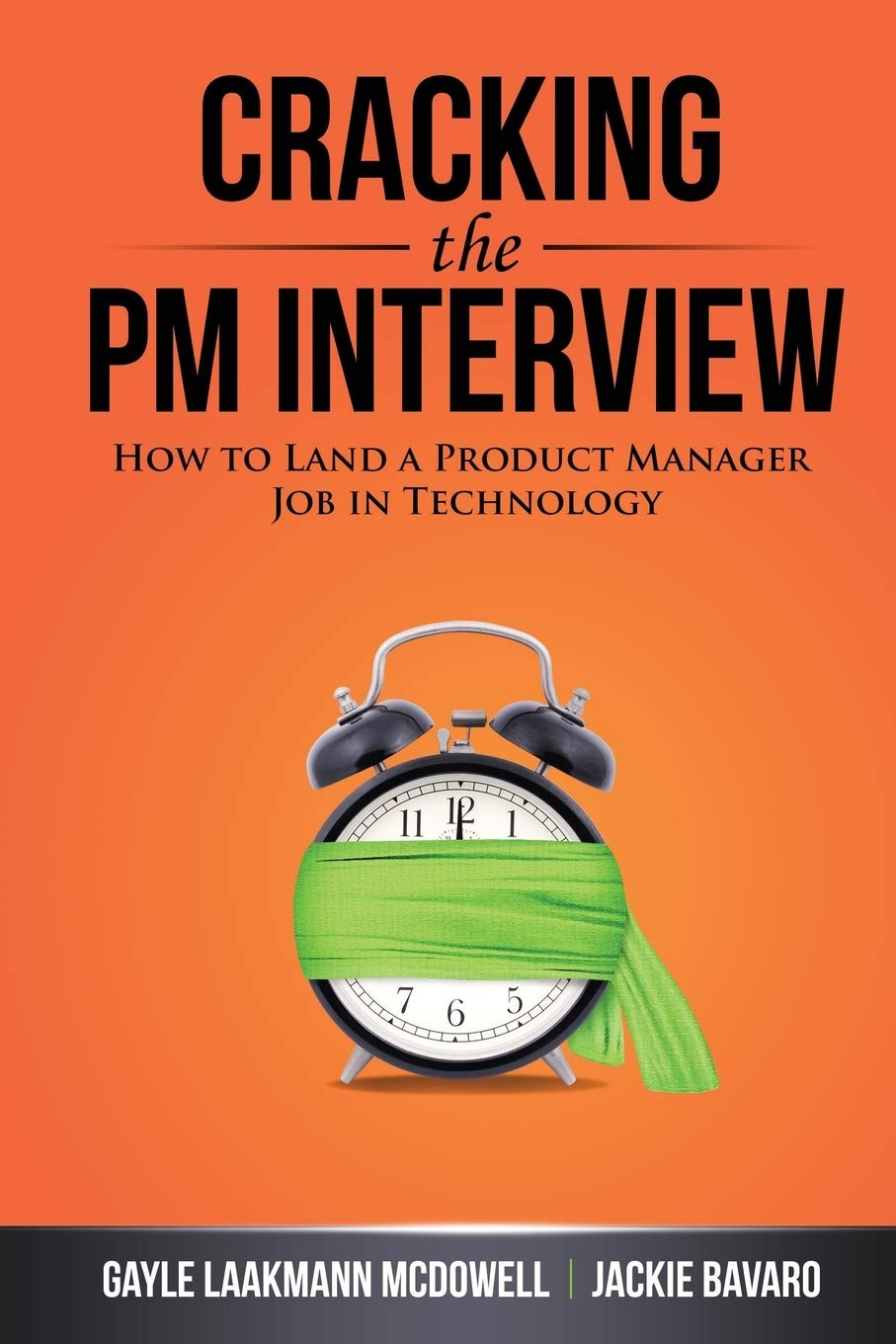
This book is the more holistic of the two. It contains ways to think about product management in general, insights into the steps of the application process as well as example questions and answers. Make sure to read it before you even apply.
Get it here: (Amazon)

This book is focused on the interview itself, with even more example questions and answers. If you want to be fully prepared, make sure to study it before going into your first interview.
Get it here: (Amazon)
Practice
Congratulations!
You now got that first product role or found ways in your current role to act as a product manager, but you need support on how to do the job?
The following books will provide you with tips, tricks, and tons of examples on how to perform actual PM activities. You can use these as books to keep on your desk or your office libraries to refer to whenever you want to tackle something new and unfamiliar.

This book provides concrete tips and tricks with tons of practical guidance and pointers.
Get it here: (Amazon | Kindle)
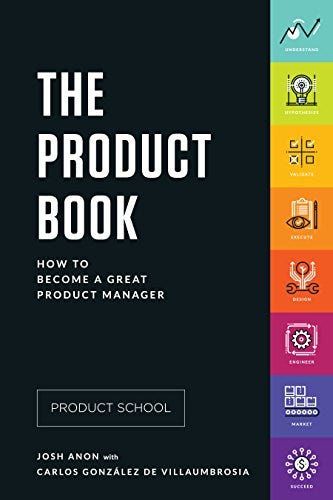
This book covers all the topics of product management. It explains the most important frameworks in each area, and gives concrete tips, for example on how to work with developers and how to work with designers.
Get it here: (Amazon | Kindle)

This book will teach you reliable frameworks and best practices that improve your chances of shipping a successful product. The frameworks won't transform you into an excellent product manager overnight or guarantee that your products never fail, but they'll help you avoid the most common problems and give you the structure to start experimenting, reflecting, and improving.
Get it here: (Amazon)
Prioritization
You’re now working with a team… hopefully, you’ve started talking to your users and customers (regularly?). You now have a lot of possible features, technical debt, and a backlog to manage. Analysis paralysis might be setting in with a heaping side of impostor syndrome to go with it. Your team is asking what to prioritize in the next sprint, you either don’t know what or how to do this without being handwavy? You’re in luck!
The following books help you accomplish one of the most important skills of a PM — Prioritization — PMs usually struggle balancing between the goals of the business and those of the customers/users; these books help you with setting goals and balancing these perspectives.
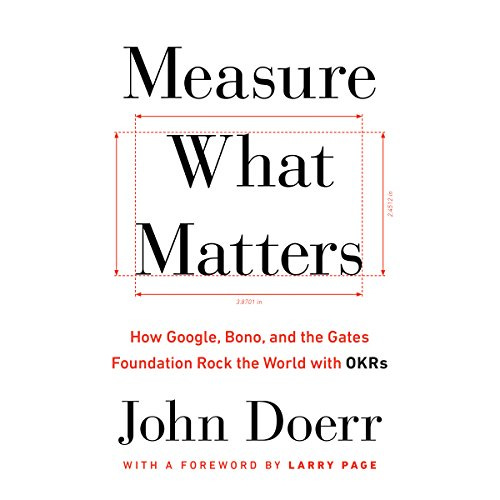
To implement a good system for setting and following up on business goals, one of the best ways of doing that is the OKR method (Objectives and Key Results). You may be familiar with this system if you already work in Tech, however this book gives you all you need to know about OKRs
Get it here: (Amazon | Kindle)
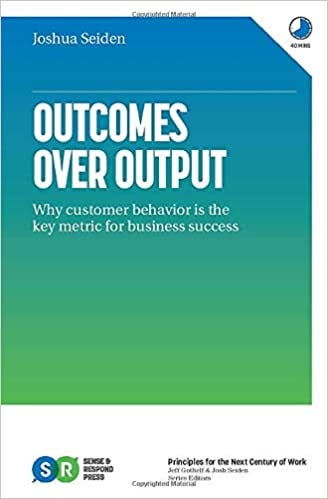
This book helps you augment your goal setting by bringing the customer outcomes into focus. It is imperative to introduce and focus on customers’ outcomes as the middle step between feature output and business impact - the focus should be on the changes in human behaviour that will ultimately drive business impact.
Get it here: (Amazon | Kindle)
Pioneering
As you grow in your career, you move beyond deciding what feature to prioritize into what to build next; to figure out what to build and to make sure that will achieve the goals, you need to embark on product discovery.
The following books will guide you on how to do that effectively.
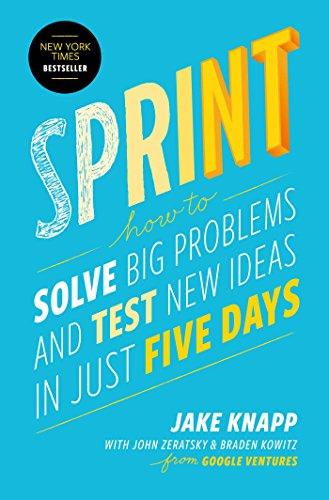
This book sets up a one-week process to do a full-cycle of discovery from early problem definition to prototype testing. If you want an attempt at quick wins, start here!
Get it here: (Amazon | Kindle)
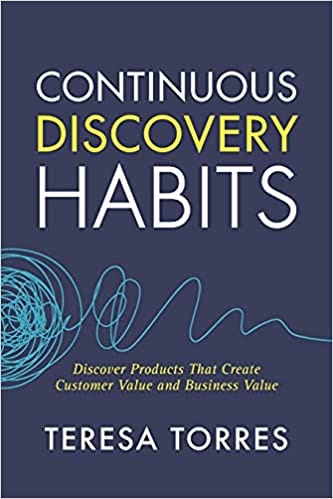
However, in an ideal situation, product discovery should be continuous and ongoing, at a minimum, you should be engaging with your customers weekly to collaborate with them to iteratively improve your product. This book also dives deeper into the concept of Opportunity Solution Trees!
Get it here: (Amazon | Kindle)
Partnership
You now know what to build, it is time to move into delivery. And delivery is all about collaborating and communicating with team and stakeholders. To do this, three different artefacts — User Stories, Feature Documents aka Product Requirement Documents (PRD), and Roadmaps — are especially useful, and each has a book dedicated to them.
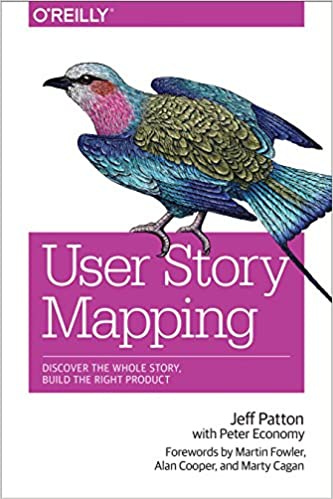
When used right, user stories have an almost magical ability to get everyone on the same page and provide a shared understanding among developers, designers, or business stakeholders. They may come with different perspectives, but they can all relate to stories about how different functionality applies to actual users. However, not all organizations use user stories, some of them prefer PRDs.
Get it here: (Amazon | Kindle)
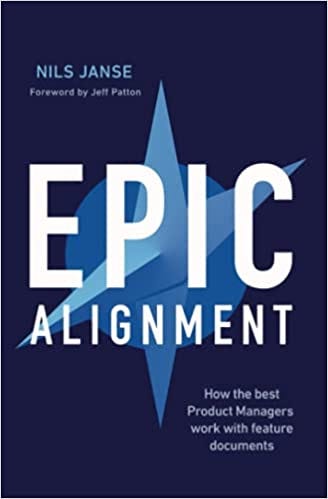
As previously mentioned, some teams and organizations prefer PRDs to provide shared context and alignment, this book dives deeper into this subject.
Get it here: (Amazon | Kindle)

If there’s one universal truth about roadmaps, it’s best to avoid dates on roadmaps, as adding renders the artefact to become rigid and constrains the team from being agile. When done right, they can be a powerful and flexible artefact to put team and stakeholders in the right frame of mind to have the right discussions.
Get it here: (Amazon | Kindle)
Peroration
It’ll take you weeks if not months to go through this stack, you can pick and choose which ones are useful at various stages of your career. It’s worth noting that books aren’t the only way to learn about product management, and you should look for other sources of learnings to shore up your knowledge. However, these books are tried and true ways to gain knowledge quickly!

